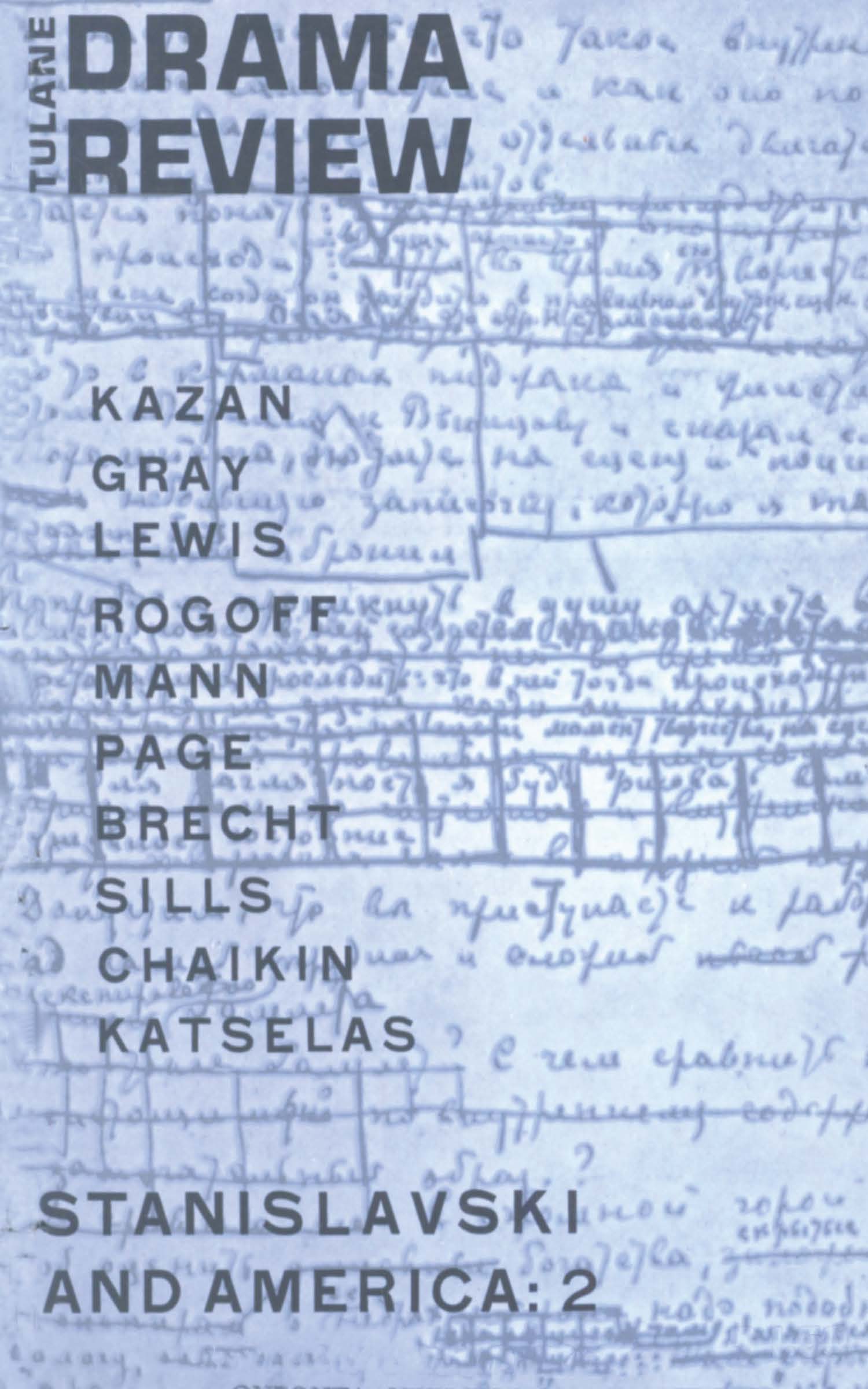No CrossRef data available.
Article contents
Webster's Italian Tragedies
Published online by Cambridge University Press: 23 November 2021
Extract
When we consider John Webster's achievement as a dramatist we are struck by a general mediocrity, suddenly relieved in the middle of his career by two plays, written in quick succession, of a brilliance and power virtually unequalled in his age. The White Devil and The Duchess of Malfi were composed in 1612 and 1613, following a period of uninspired collaboration with Dekker, Heywood and others; they were followed by some further independent work and by renewed collaboration with Middleton, Heywood and Rowley, but never again, working either alone or with others, did Webster approach the aesthetic range of his two Italian tragedies. They seem to represent the artist's concentrated attempt to express a tragic vision which he imperfectly perceived in The White Devil, but realized fully in The Duchess of Malfi, after which his career could only culminate in anti-climax. He had nothing more to say.
- Type
- Research Article
- Information
- Copyright
- Copyright © The Tulane Drama Review 1961


